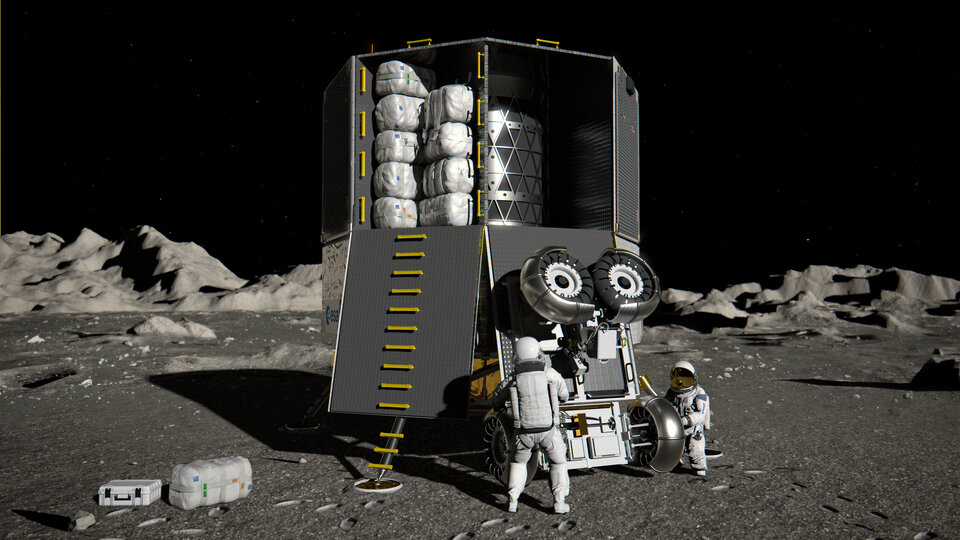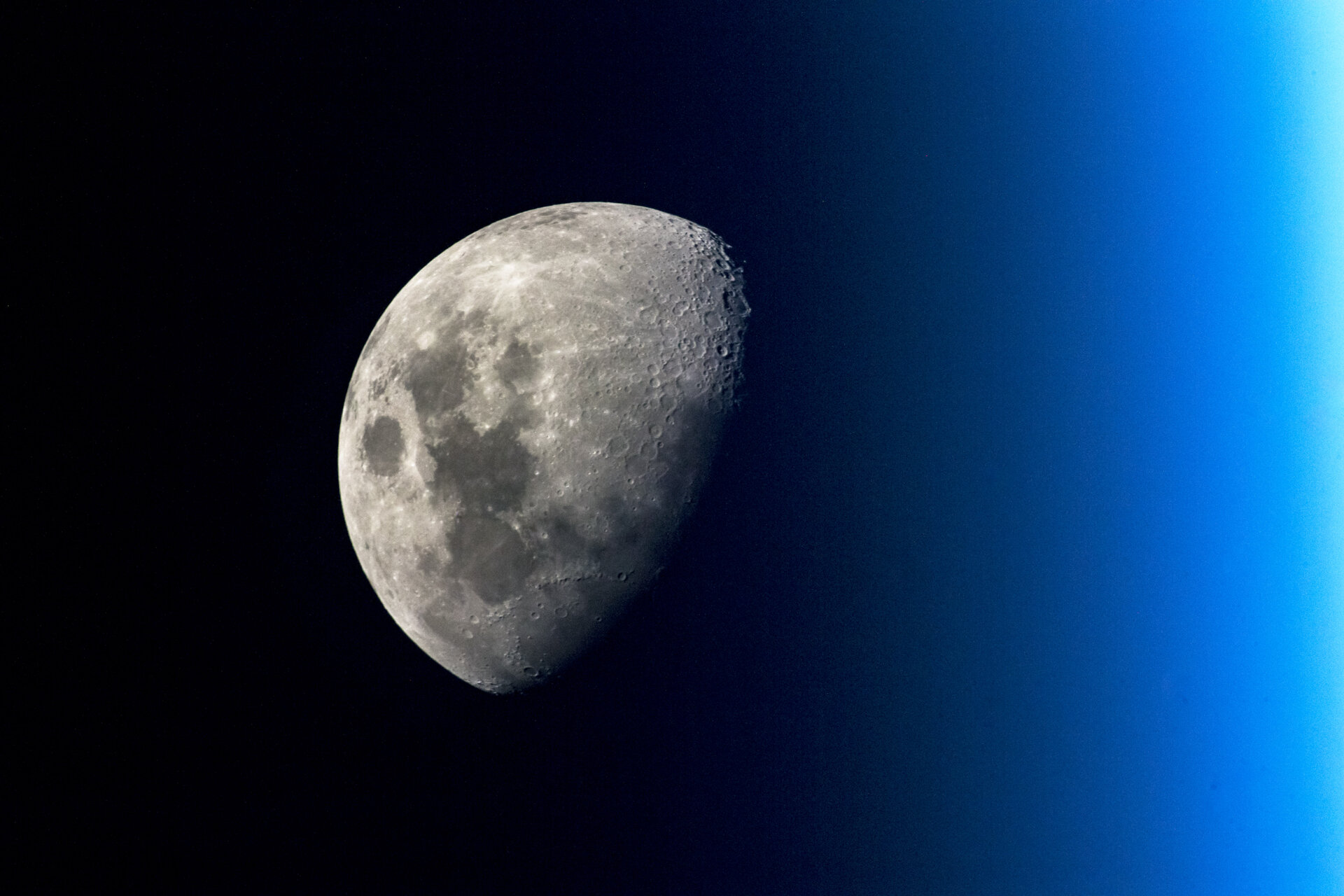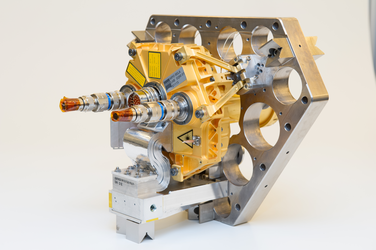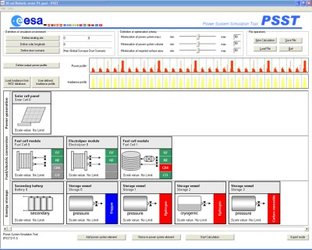Surviving the Lunar Night with a Regenerative Fuel Cell System
A shared activity, funded by TDE and SRE-CTP (Greek Task Force Programme activity 3008) successfully developed a closed loop regenerative fuel cell system (RFCS) and demonstrated its operational capability. RFCS are a promising technology for space applications, particularly for those required to store large amounts of energy to survive a long duration ellipse – initially the development was aiming at large geostationary telecommunication satellites, however, the system is also ideal for Moon & Mars exploration missions.
Designing efficient energy storage for the Moon or Mars is extremely challenging. Engineers must account for the highly variable illumination conditions and extreme day-night temperatures. RFCS have the potential to replace conventional and often heavy & oversized rechargeable batteries. They are advantageous in providing large amount of energy due to their more favourable specific energy, i.e., the energy in watt-hours that can be stored per mass (Wh/kg). For large systems this can be expected to be more than double that of the current specific energy of space capable lithium-ion batteries (200 Wh/kg).

The technology is based on a high temperature proton exchange membrane (HT-PEM) for the fuel stack and PEM technology for the high-pressure electrolyser stack. The results provided an invaluable insight into regenerative fuel cell technology, realising a major milestone, and pioneering the field by successfully demonstrating:
- High temperature fuel cell operations on pure oxygen
- Simultaneous storage of hydrogen and oxygen
- Closed loop operation where electrolyser storage gases are used in the fuel cell
- Steep start-up/shut downs
- Autothermal electrolyser operation
- Two-phase water-cooling loop on the fuel cell stack
RFCS technology is based on the basic principles of an electrochemical reaction. During daylight hours, solar power is used to split water molecules into hydrogen and oxygen using an electrolyser. The separated, gaseous reactants are then stored in two reactant tanks for later night-time use, when they are fed into the fuel cell to generate electrical power. Water and heat are produced as a by-product. The reclaimed water is reused in the next cycle, thereby providing a completely closed-loop system recirculating oxygen, hydrogen and water. The energy of the RFCS is determined by the amount of hydrogen and oxygen in storage. For future lunar and Martian activities the water could be collected as an in-situ resource.

Three lunar day-night electric power profiles were successfully demonstrated proving the technology readiness level of both a fuel cell and electrolyser stack (now TLR 5). Regenerative PEM fuel cell technology now exceeds TRL 4. The same technology can also be scaled-up to support the development of the European Lunar Lander, Argonaut, or even larger crewed missions in the future.
The development of energy storage technologies is strategic, and critical to future space and terrestrial Earth activities. Versatile energy storage solutions expand the capability of every mission, whether it be for advanced telecommuncations systems, the exploration of interplanetary bodies, large shadowy areas on the Moon, or the low attenuated red-shifted-light of the Martian surface. There will always be a persistent need for a consistent and reliable energy storage system.
The industry team was led by Advent Technologies SA (Greece), together with the Centre for Research & Technology Hellas (CERTH), the Foundation for Research and Technology Hellas (FORTH), and the University of Patras. The
GR3008 T303-001EP closed in 2022






